On This Page
The Best Mattress Toppers of 2025
Our Top Picks
-
Best Overall
Sleep Is the Foundation Memory Foam Mattress Topper -
Best Value
Brooklyn Bedding 4-lb. Memory Foam Topper -
Most Comfortable
ViscoSoft Select High Density Mattress Topper -
Best Luxury
Saatva Graphite Memory Foam Mattress Topper -
Best Technology
Orion Sleep System -
Best Firmness Options
PlushBeds Natural Latex Topper -
Best for Back Pain
Tempur-Pedic TEMPUR-Adapt Topper -
Best for Side Sleepers
Layla Memory Foam Topper -
Best Organic
Birch Plush Organic Mattress Topper
Best Overall

We really enjoyed the adaptive feel of the Sleep Is the Foundation Memory Foam Topper. It offered just enough hug to cushion joints, but still felt like we could move around the topper easily.
Pros & Cons
Pros
- Adaptive memory foam cradles the body
- Two-inch profile is suitable for mattresses with moderate wear and tear
- Corner straps help keep the topper from shifting
Cons
- Memory foam can emit initial off-gassing odor for the first few nights
- 2-inch profile may not be effective for heavily indented mattresses
Our Take
Best Value
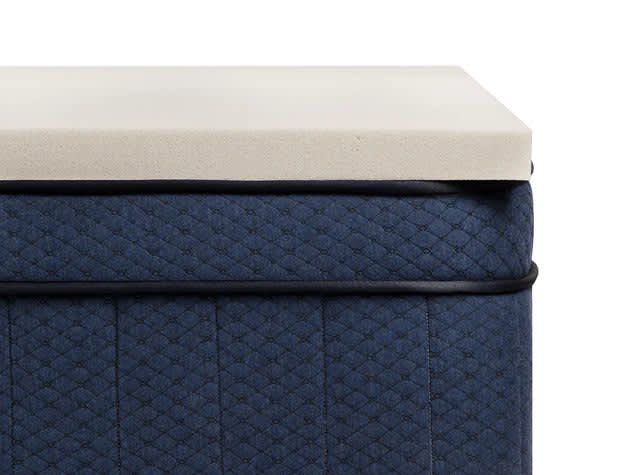
Our team enjoyed the Brooklyn Bedding 4-Lb. Topper’s balanced feel thanks to the dense memory foam composition. You also can’t beat the multiple cover and profile options, as well as the competitive price-point.
Pros & Cons
Pros
- High-density memory foam cushions the body without sinking too much
- Multiple profile and cover material options
- 30-night sleep trial
Cons
- No corner straps
- Topper is heavy and may be difficult to move
Our Take
Most Comfortable
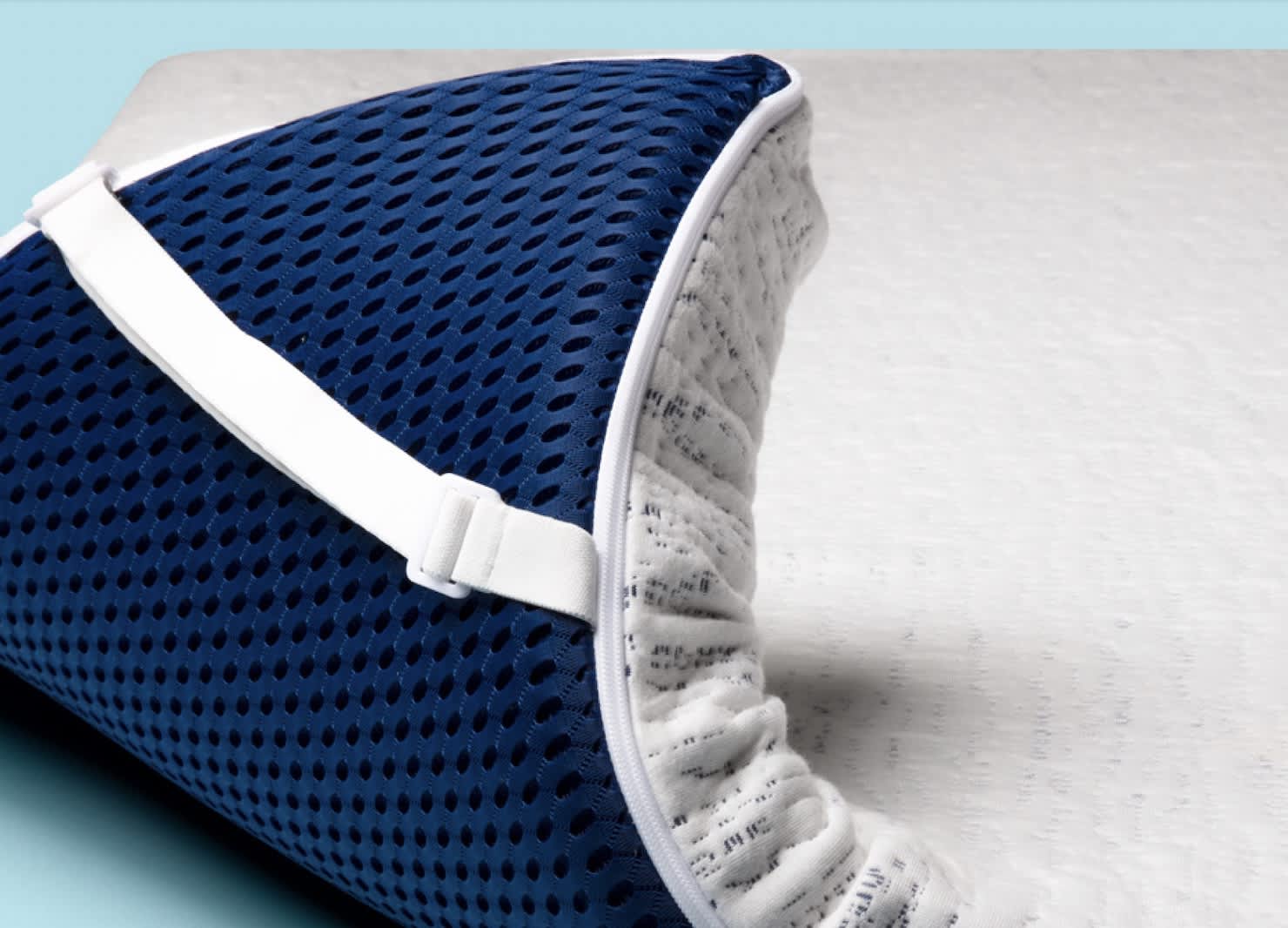
The ViscoSoft High Density Mattress Topper’s mid-range feel and two profile options should appeal to many sleepers. Our team enjoyed the foam’s generous cushioning, especially those of us that sleep on our sides.
Pros & Cons
Pros
- Available in profiles of 3 or 4 inches
- Corner straps and a skid-free base help stabilize the topper
- 90-night sleep trial
Cons
- Topper may feel too soft for some sleepers
- Strong initial off-gassing odor for the first few nights
Our Take
Best Luxury
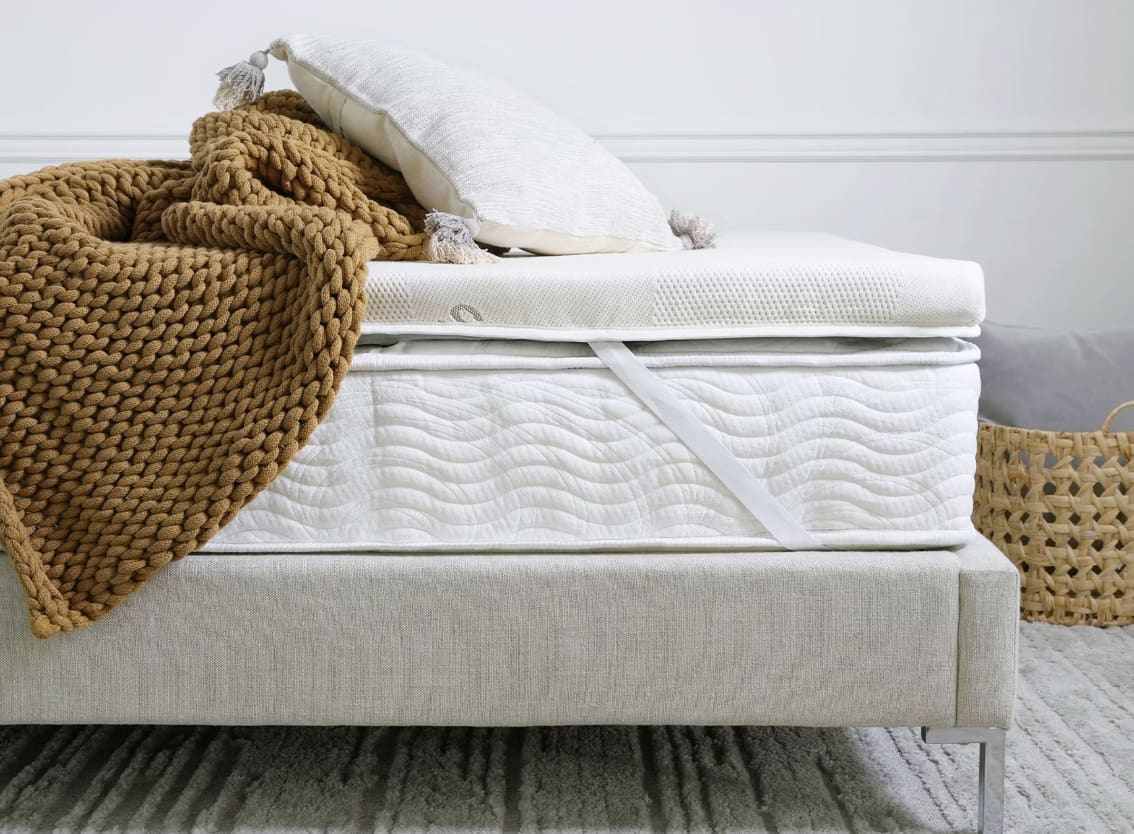
We enjoyed the Graphite Mattress Topper for its deep cushioning and cradling. As you get into bed, your body sinks a bit but not enough to feel stuck inside the foam — the base layer provides great pushback. There’s also less heat retention thanks to the graphite infusion.
Pros & Cons
Pros
- Dual-layer construction features an adaptive, pressure-relieving surface and sturdy base
- Graphite infusion helps offset heat retention and promote consistent cooling
- Thick corner straps stabilize the topper to prevent shifting
Cons
- Expensive sticker price may be a dealbreaker for budget shoppers
- Initial off-gassing odor can linger for up to 72 hours
Our Take
Best Technology

Couples with differing temperature preferences should strongly consider the Orion Sleep System, an advanced bedding accessory that offers custom heating and cooling on each side of the bed. Smart sensors embedded in the fabric track your body temperature levels and adjust the temperature if you feel too hot or cold, and also monitor biometric data you can track with a companion app.
Pros & Cons
Pros
- Adjustable temperature controls can customize each side of the bed
- Heating and cooling range of 50 to 115 degrees
- Embedded sensors track and organize your sleep data
Cons
- Only sold in queen, king, and California king sizes
- Steep sticker price will be too expensive for some shoppers
Our Take
Best Firmness Options
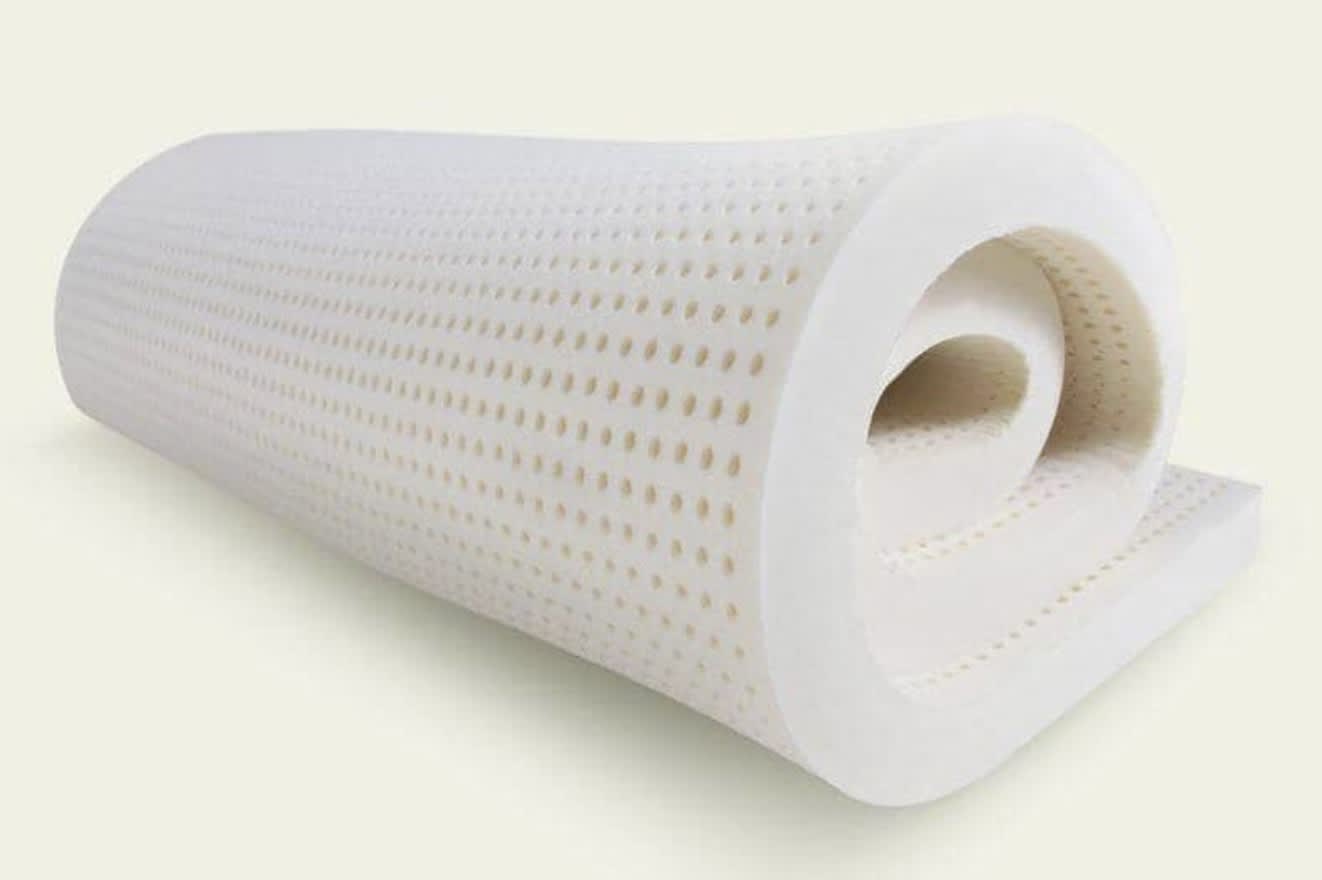
We love the gentle contour of the PlushBeds Natural Latex Topper — there’s this nice little bounce when you get onto the mattress, but also some cushioning around spots that need it most.
Pros & Cons
Pros
- Available in a wide array of profile and firmness options
- Ventilated core promotes airflow to help you stay cool
- Natural durability should translate to a long lifespan
Cons
- Latex doesn't conform to the same extent as foam
- More expensive than most competing toppers
Our Take
Best for Back Pain
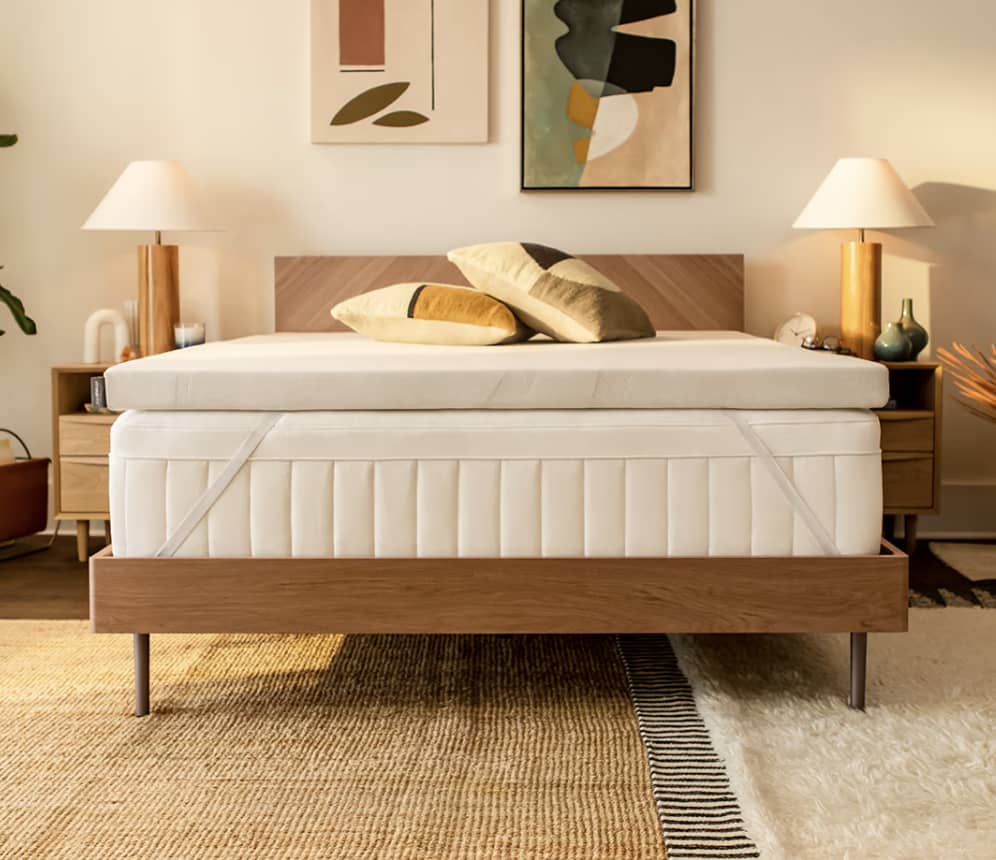
When you lie down on the TEMPUR-Adapt Topper, you can feel the foam contouring evenly around your body’s unique curves. This cradling effect is quite soothing. As someone who experiences sporadic back pain, I think this topper could be useful on nights when I need extra cushioning in bed.
Pros & Cons
Pros
- Proprietary TEMPUR memory foam is dense and long-lasting
- Close contouring ensures deep pressure relief and excellent motion isolation
- Elastic straps prevent shifting when you change positions
Cons
- Only available in one firmness level
- High price-point for a foam topper
Our Take
Best for Side Sleepers

Side sleepers and people with sharp pressure points should enjoy the generous cushioning from the Layla Mattress Topper. Foam layers and a soft (3) feel closely contoured to our bodies to relieve pressure buildup.
Pros & Cons
Pros
- Highly adaptive for people with pain or pressure points
- Cover is removable and machine-washable
- 120-night sleep trial
Cons
- Too soft for most people over 230 pounds
- Shorter profile may not provide enough of a comfort adjustment
Our Take
Best Organic
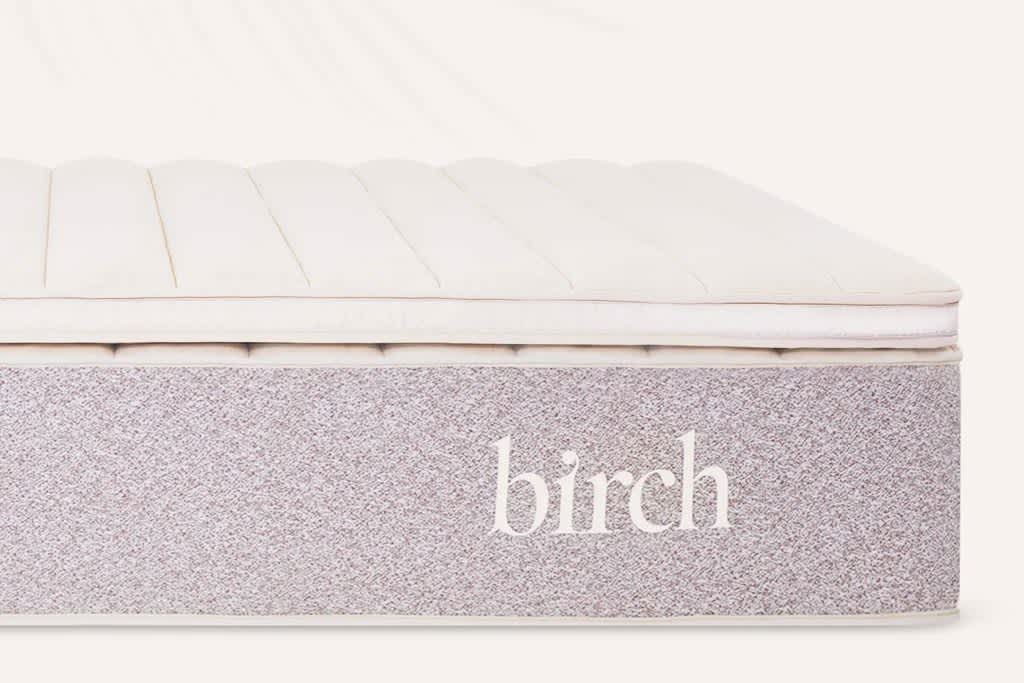
The Birch Organic Mattress Topper’s materials boast several certifications ensuring that they were sourced sustainably and produced in an ethical manner. Our testers enjoyed the naturally breathable construction, which kept the surface quite cool.
Pros & Cons
Pros
- Eco-friendly construction includes organic and natural materials
- Latex core provides gentle contouring and excellent breathability
- 100-night sleep trial
Cons
- Limited contouring and cushioning
- Lack of corner straps may lead to shifting and bunching
Our Take
How We Test
We put mattress toppers to the test using the same rigorous methods that we do for mattresses. During sleep lab testing, we measure every topper’s temperature regulation, motion isolation, pressure relief, and ease of movement among other factors. These trials use a combination of objective tests that give us hard data and subjective tests that measure our testers’ comfort and support.
Our testing team includes side, back, and stomach sleepers with a wide range of body weights. This variety of needs and body types helps us discover exactly who is best suited to a particular mattress topper. We also consider verified customer reviews to discover how toppers hold up in real-world scenarios.
What Is a Mattress Topper?
A mattress topper is a thin piece of material that’s placed on top of an existing mattress. It typically sits 1 to 4 inches high and may consist of a range of materials, such as memory foam or latex.
Toppers can change the feel of a mattress, provide additional support, and add cooling properties. Some sleepers like to use mattress toppers to protect a mattress from wear and tear and potentially extend its lifespan.
Why Should You Use a Mattress Topper?
From strengthening support to providing pressure relief, mattress toppers can adjust your mattress’ feel, thus changing the way you sleep. When deciding if a mattress topper is right for you, consider its performance characteristics and how they fit with your sleep needs.
- Enhanced comfort: A mattress topper can adjust your current mattress’ comfort level by providing additional firmness or softness.
- Improved support: If your current mattress doesn’t promote healthy spinal alignment, you may experience back pain. A mattress topper with stronger support or increased contouring can improve sleep posture, depending on your size and sleeping position.
- Increased mattress longevity: As your mattress ages, you may sink deeper into the surface or stains may appear. By providing an extra layer of protection, a topper can protect a mattress from stains and act as a buffer by absorbing the pressure exerted by sleepers’ bodies.
- Cooling properties: People who overheat during sleep may want to invest in a mattress topper with cooling properties. Some toppers made with gel-infused memory foam are designed to absorb and disperse heat to aid with temperature regulation.
- Reduced motion transfer: If you sleep with a partner or pets and often feel their movements during the night, you may benefit from a conforming mattress topper. Foam-based models often contour closely to sleepers’ bodies and absorb and isolate movements.
- Temporary mattress adjustments: Sleepers going through temporary experiences, such as an injury, a health condition, or pregnancy, may need to adjust their mattress to accommodate their current needs. A mattress topper allows sleepers to temporarily change the feel of their mattress without buying a new one.
- Budget-friendly mattress solution: While a new mattress can be a significant investment, high-quality toppers are available for a fraction of the cost of replacing a mattress entirely.
If your mattress is on its way out but you’re not ready to buy a new one yet, a mattress topper can be a great solution. They’re an affordable way to boost support, enhance your bed’s feel, and extend your mattress’ lifespan.
Are Mattress Toppers and Mattress Pads the Same?
Although mattress toppers and mattress pads are both placed on top of a mattress, they differ in function. Typically about 1 to 2 inches in height, mattress pads are generally thinner than toppers and do not significantly change the feel of a mattress. Mattress pads are mainly used to protect against dirt and stains while providing light contouring.
Types of Mattress Toppers
Since toppers provide an extra layer atop a bed’s comfort system, it’s important to consider how the type of mattress topper will impact the overall feel of your bed.
Memory Foam
Memory foam mattress toppers are known for their ability to conform to the body and relieve pressure. Since they contour closely, memory foam toppers also tend to isolate motion and reduce noise from sleepers’ movements. However, memory foam generally retains more heat than other types of foam, though some companies use gel or other infusions designed to offset this tendency.
Polyfoam
Polyfoam is less dense and generally less conforming than memory foam. Polyfoam mattress toppers are usually less expensive than memory foam models, though they also tend to be less durable. Convoluted polyfoam, which resembles the undulating design of an egg crate, typically promotes greater airflow and may be a good choice for people on a budget who sleep hot.
Latex
Though synthetic latex options exist, natural latex mattress toppers contain a type of foam made from the sap of rubber trees. Latex toppers generally balance responsive support with light contouring. While Talalay latex toppers are typically bouncier, those with Dunlop latex tend to be denser and more supportive. Most latex mattress toppers are fairly expensive but durable.
Wool
While wool has a reputation for being warm and cozy, it also excels at temperature regulation, making wool mattress toppers an appealing choice for sleepers seeking a plush option for year-round use. Although they are not vegan-friendly, wool mattress toppers are hypoallergenic and antimicrobial. They are also quite durable, which may make up for their higher price-point.
Down and Feather
Down refers to the insulating inner layer of feathers found beneath the quilled exterior feathers of ducks and geese. Down toppers are typically softer and more moldable, while feather models tend to be more breathable. Though down options are typically pricier, more affordable options that blend the two fills are available.
Down Alternative
Down alternative toppers mimic the feel of down with materials not derived from animals. Common down alternatives include polyester, microfibers, and PrimaLoft, which is a patented blend of polyester microfibers and other synthetic materials. Down alternative mattress toppers are typically less expensive, more breathable, and more resistant to allergens than natural down models, though they also tend to be less durable.
Picking the Right Mattress Topper for You
Choosing the right mattress topper is a similar process to finding the best mattress for your needs. Factors to consider include your sleeping position, body type, and if you sleep hot or cold — and how those considerations are impacted by the product’s support, firmness level, contouring ability, and other qualities.
Since I run hot, it’s important that any mattress topper I use doesn’t make my bed warmer than it already was. I like latex, wool, and open cell foam best because they’ve all got strong airflow.
- Firmness: We rate mattress topper firmness on a scale of 1 to 10, from softest to firmest. Sleepers tend to add a mattress topper to increase or reduce a bed’s firmness depending on their sleep position, body size, and preferences.
- Support: Support varies based on sleeping position and body weight. For instance, side sleepers who weigh less than 130 pounds may find softer mattress toppers supportive, while those over 130 pounds might not. People who sleep on their back or stomach generally require a more supportive sleep surface, particularly if they weigh more than 230 pounds.
- Conforming: Highly conforming mattress toppers closely cradle the body. Memory foam is most commonly associated with conforming, though polyfoam and latex offer varying degrees of contouring based on their formulations and densities.
Each sleep position requires different levels of firmness and support to maintain neutral spinal alignment and comfort. Those who sleep on their side, for example, typically require a mattress topper that cradles their hips and shoulders.
Body type also plays a role in the amount of firmness and support required. Lighter individuals put less pressure on a topper and often prefer softer models with more give.
Recommended Firmness Levels
Factors to Consider in a Mattress Topper
In addition to a mattress topper’s support, firmness, and conforming abilities, shoppers may want to consider several other factors before making a purchase.
- Material type: Mattress toppers are available in a wide range of materials, including memory foam, polyfoam, latex, wool, down, feather, and down alternative, each with its own unique performance characteristics.
- Thickness: Mattress toppers are typically 1 to 4 inches thick. Toppers with greater height tend to provide additional support. It’s important to note that the thickness of the topper impacts the overall height of your mattress, which may necessitate buying a fitted sheet with deeper pockets.
- Pressure relief: Those experiencing pain at pressure points may want to consider a mattress topper that cradles the body and relieves pressure. Pressure-relieving mattress toppers are often made from foam.
- Temperature regulation: Hot sleepers should consider a mattress topper’s ability to regulate temperature. Some topper materials, like wool and down, are naturally breathable, while some foam-based toppers contain gel infusions or other cooling technologies designed to disperse heat.
- Motion isolation: Those sleeping with a partner or pets may want a mattress topper that isolates motion, reducing the chance they feel movements on the other side of the mattress. Foam-based mattress toppers usually excel at motion isolation, particularly models containing memory foam.
- Quality and durability: To determine a mattress topper’s quality and durability, consider its design, construction, material type, and firmness. For example, latex and memory foam tend to be more durable than polyfoam, while natural down generally outlasts down alternatives.
- Cleaning and care: The process for cleaning a mattress topper depends on its material type. Although most toppers are not machine-washable and must be spot-cleaned, some have removable covers that can be laundered in a washing machine and dryer.
- Cost: More expensive than a typical mattress pad, the average queen size mattress topper costs between $150 and $400. Prices depend on several factors, including brand, design, construction, and material type.
Last Things to Know About Mattress Toppers
There are several additional things to know about mattress toppers before deciding if one is right for you. We’ll explore answers to the most popular questions sleepers have about mattress toppers.
How Do You Keep a Mattress Topper From Sliding?
The easiest way to discourage a mattress topper from sliding is using a topper size that matches your mattress size along with a fitted sheet that tightly covers both. If you still find that the topper shifts during the night, try using sheet straps or a Velcro system to secure the topper.
Other effective methods include safety pins or a non-slip mat. The latter features a textured rubber surface that grips the topper from beneath.
Can You Use a Mattress Protector With a Mattress Topper?
You can use a mattress protector with a mattress topper to provide an additional layer of protection for your mattress. Sleepers should place the mattress topper on the mattress and the mattress protector above the topper. Adding a topper and protector increases the mattress’ total height and may affect the size of the sheets you need.
Do You Need a Mattress Topper or a New Mattress?
Although many people use a mattress topper to increase the lifespan of their mattress, toppers are temporary, inexpensive fixes for aging mattresses. The average mattress lasts approximately six to eight years. Signs it’s time to replace a mattress include sagging, lack of edge support, and waking up with aches and pains.
